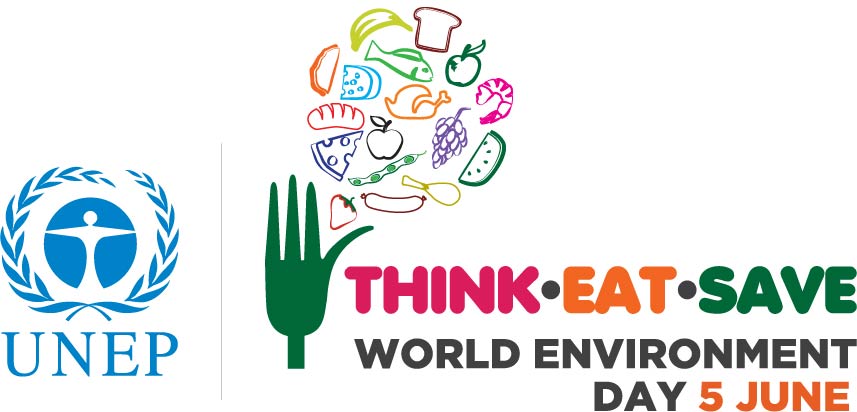
Food Waste Math: How a City Girl Started Helping from Home (and you can too!)
 “Spare some change so I can get some food?”
“Spare some change so I can get some food?”
The man on the corner, aged beyond his years covered with wrinkles, begged for my spare change. Instead of digging into my pocket, I rolled my eyes and assumed he’d blow it on booze. Like many people, this is what hunger in my city looked like to me, until it didn’t.
I was shocked when a young co-worker confided that she has been on food stamps. A single mother, employed full-time, still struggling to make ends meet. Yet her challenge to put food on her family’s table is one that many Americans face daily.
This man and co-worker represent the tip of the food iceberg. World Environment Day reflects on why food is too valuable to waste locally and abroad:
- Americans discard $165 billion dollars of food every year. 40% of food goes uneaten and accounts for 16% of US methane emissions.
- 300 million tons of food is wasted globally each year.
- 20,000 people die of hunger everyday worldwide. 870 million people (1 in 7) don’t have enough to eat around the globe.
- 1 in 6 Americans lack a secure supply of food on their tables.
- 1. Solving the food waste problem doesn’t start with Africa, the government or a miracle. It can start with 1 person: you.
I once was an uninformed young lady, stocking up on groceries and throwing half my fridge away. However, I began to see dollar bills and environmental resources squandered through producing food, carbon emissions (transportation), and energy (cooking).
How can you reduce food waste? Here are steps I took to get started:
- Evaluate what you have. Just like my local grocer, I took a food ‘inventory’ of my cabinets, freezer and fridge. Surprised about how much excess I had, I stopped complaining that I didn’t have “anything to make at home” and reduced ordering out.
- Use up your excess food. As my boyfriend would attest, I’m not a natural-born chef. By plugging in a few ingredients into websites like Supercook, I found amazing recipes based on what I already had.
- Compost and reduce landfill space. No room to compost in a tiny abode like mine? Services in many cities will pick up curbside.
- Buy smaller portions at the grocery store. While this sounds like a no brainer, I was surprised by how much I was letting rot in my fridge for a ‘better’ deal.
- Reduce your carbon ‘foodprint’. Instead of purchasing imported goods, support local suppliers with Farmers Markets or a CSA.
- Cut back on the meat you eat. After switching, I enjoy many veggie dishes over meaty alternatives. About 70% of ALL grain produced in the US is raised for ‘slaughter’ consumption. Transfer that grain and feed 800 million people.
- Don’t waste food when dining out. I try to share meals or bring a container for leftovers.
- Eat your leftovers. Your mother (and mine) would be proud.
I learned that you don’t have to make sacrifices to cut back on wasting food. Just like Gandhi said, “Be the change you wish to see in the world.” Just start with your own table.
Next time you see a man on the corner asking for food or look over to the next cubicle at lunchtime, remember the stats. Try giving back by volunteering at soup kitchen or donating to those in need.
Readers, what are you doing to reduce food waste?
by Julie Hancher
***
This post is my entrance in the World Environment Day Blogging “Think.Eat.Save – Reduce your foodprint” contest. If you like the post, please comment, “Like” it on UNEP’s page or Retweet it using #WED2013. Thanks!









